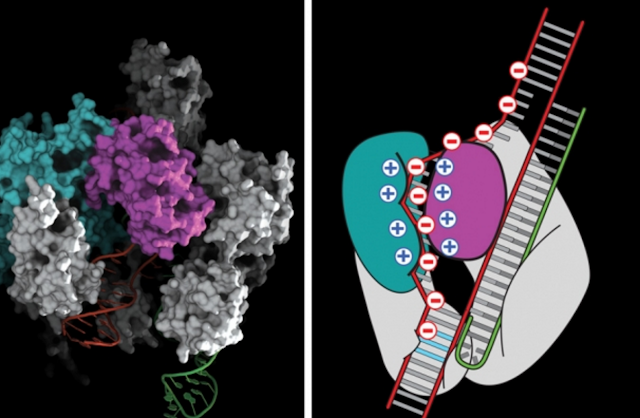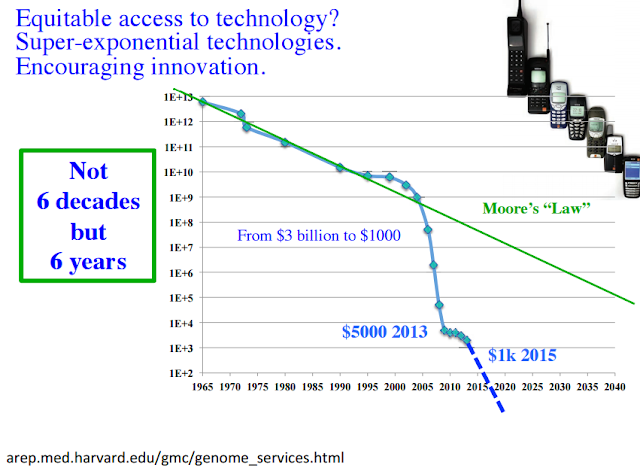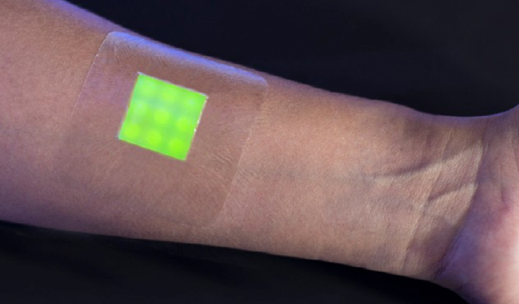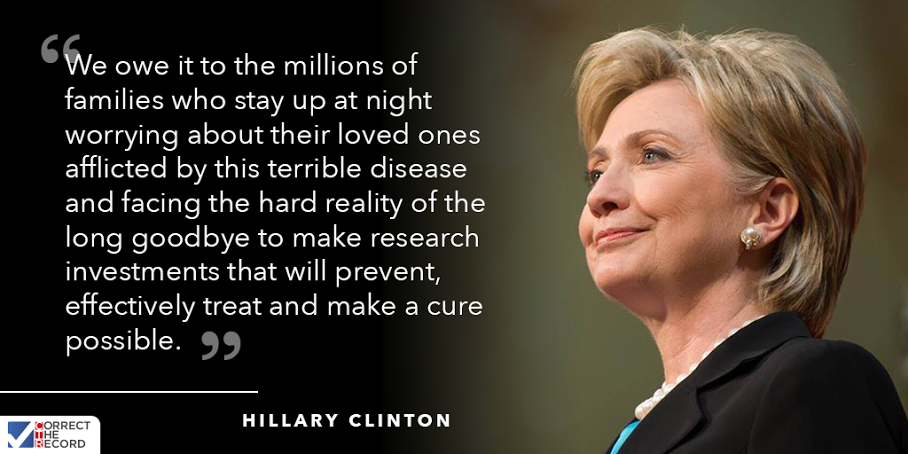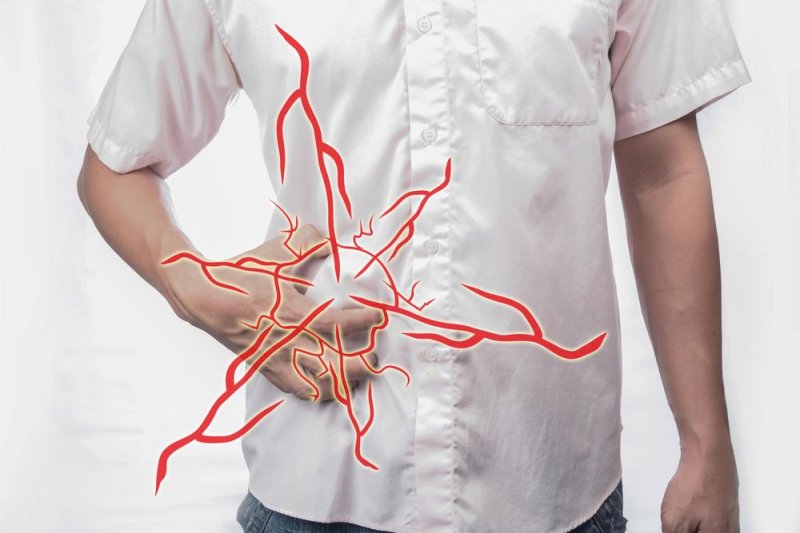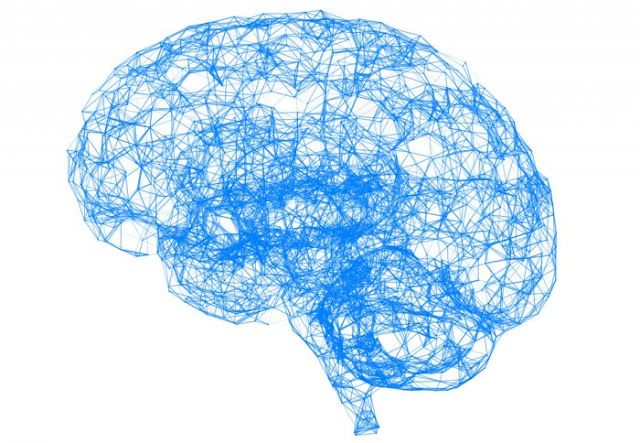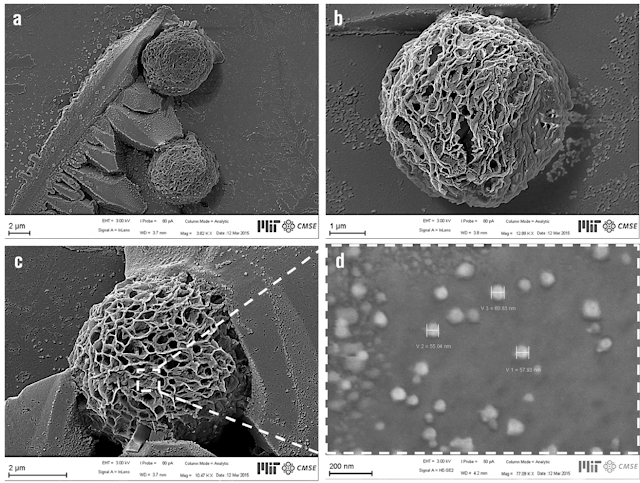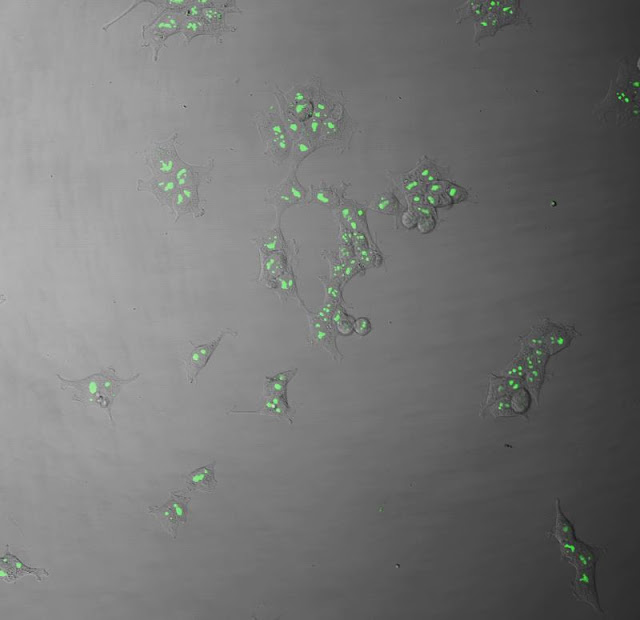ScienceRocks
Democrat all the way!
- Thread starter
- Banned
- #1,161
nope,,,,
Kinect measures body thickness to lessen radiation exposure from X-rays

Japanese exoskeleton could help users walk and run, no batteries required

Kinect measures body thickness to lessen radiation exposure from X-rays
- Nick Lavars
- December 1, 2015
- 2 PICTURES

The depth-sensing capabilities of the Microsoft's Kinect has seen it put to use in a number of unexpected applications, such as helping Parkinson's sufferers to walk and the visually impaired to practice yoga. Scientists now claim to have expanded the applications for the gaming technology to include a more precise approach to X-ray imaging, which they say can limit exposure to radiation by measuring the thickness of a subject's body parts.
Japanese exoskeleton could help users walk and run, no batteries required
- Ben Coxworth
- December 1, 2015
- 2 PICTURES

Assistive exoskeletons are a bit like electric bikes – they do indeed give users a power boost, but part of that boost is needed just to move the extra weight along. Japanese researchers at Hiroshima University and Daiya Industry Co., however, have created a minimalist exoskeleton that does away with heavy batteries and motors. Instead, their Unplugged Powered Suit (UPS) harnesses the wearer's own weight.


